Puebla, one of Mexico’s oldest and most famous cities, is the fourth largest in the country. The city was founded in 1531 as "La Puebla de los Angeles" (City of the Angels). Legend has it that angels laid rope across the empty land to indicate where the city's main streets and buildings should be constructed. The historic centre of Puebla was declared a World Heritage site by UNESCO in 1987. Puebla is one of the oldest colonial cities on the continent and among the best-preserved in Mexico. The city has preserved its remarkable religious structures and emblematic buildings like Puebla Cathedral and the old Archbishop's Palace, as well as a host of houses with walls covered in tiles (azulejos). The French legacy can be seen in the city’s elaborate wrought iron balconies and the fine crystal chandeliers adorning historic buildings.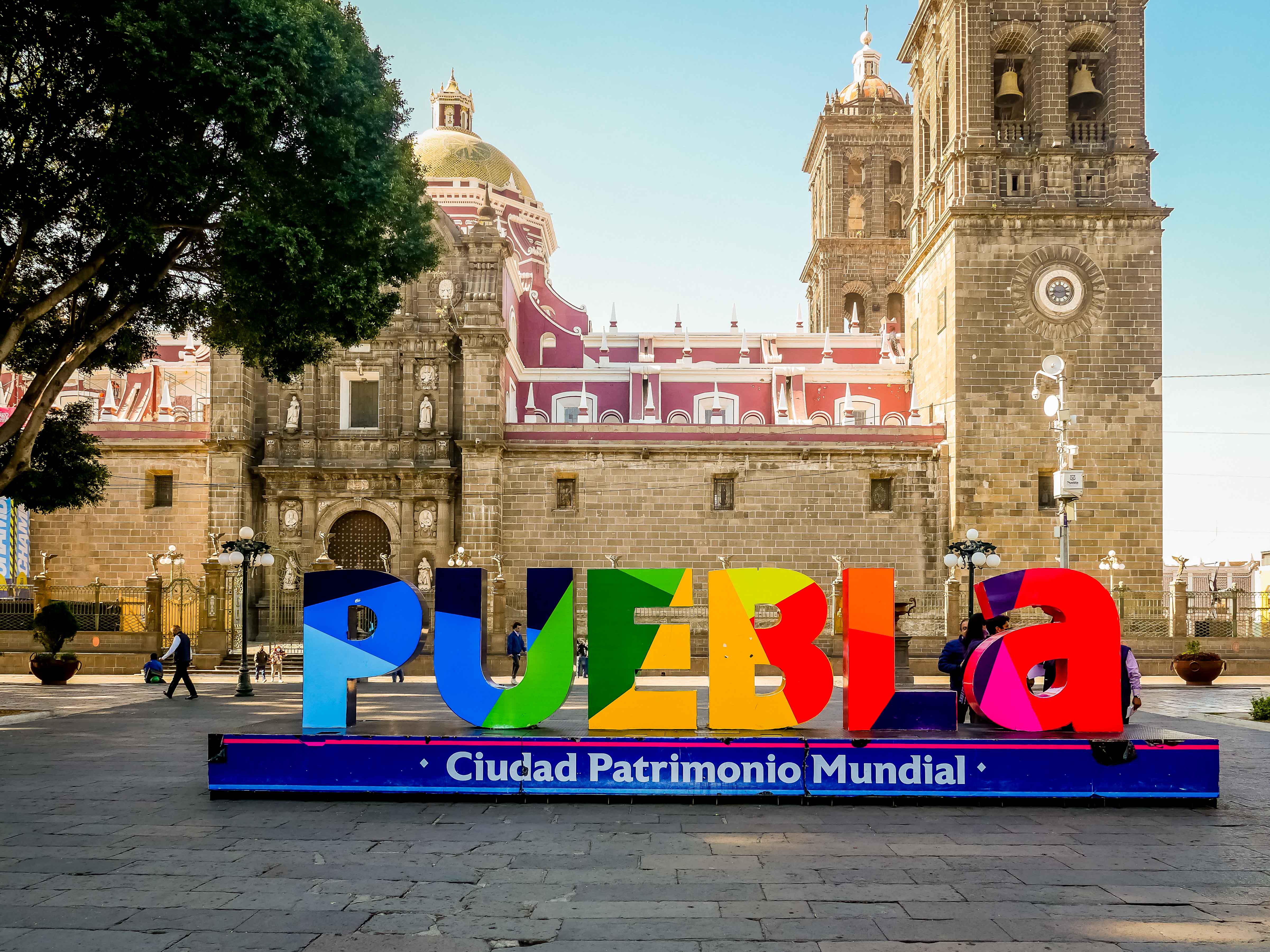
Let’s begin exploring the city with a visit to the cathedral.
Puebla Cathedral
This massive cathedral on the south side of the Zocalo, the main square in Puebla, features five naves and two towers measuring 70 metres (230 feet) each. 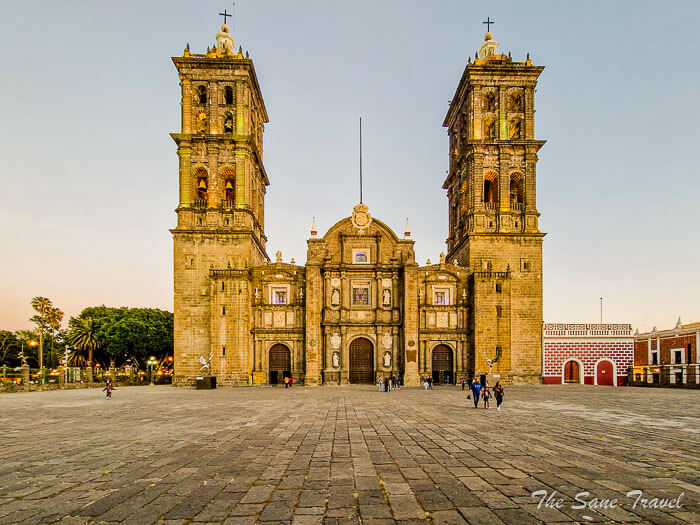
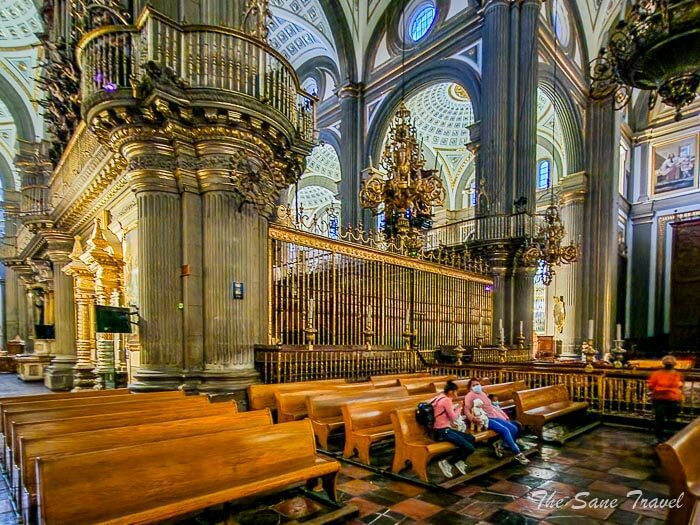
Puebla de los Angeles, a sculpture in the main square
The city's original name was "Puebla de los Angeles", and the statue of angels was unveiled in 1999 to help celebrate Puebla's designation as a World Heritage site. The city retained its traditional name until the 1860s when it was renamed Heroica Puebla de Zaragoza in honour of the general who defeated the French invaders at Puebla in 1862.
Look also for the statues of angels around Puebla Cathedral.
Our next stop is one of the oldest libraries in the Americas.
Palafoxiana Library inside Archbishop’s Palace
The Palafoxiana Library was established in 1646 when the bishop of Puebla, Juan de Palafox y Mendoza, contributed a personal collection of approximately 5,000 volumes to the College of San Juan y San Pedro. Today, more than 45,000 volumes from the 15th, 16th, 17th, 18th, and 19th centuries coexist with a few from the 20th century. It is one of the first libraries in the Americas and the first that is accessible to everyone. In 1981, the library was declared a National Historic Landmark. You can certainly feel that this place emanates history. As you walk along the long, vaulted hall, notice the elegant bookshelves that date back to the library’s inception. The shelves are made of cedar, pine, and coloyote wood.
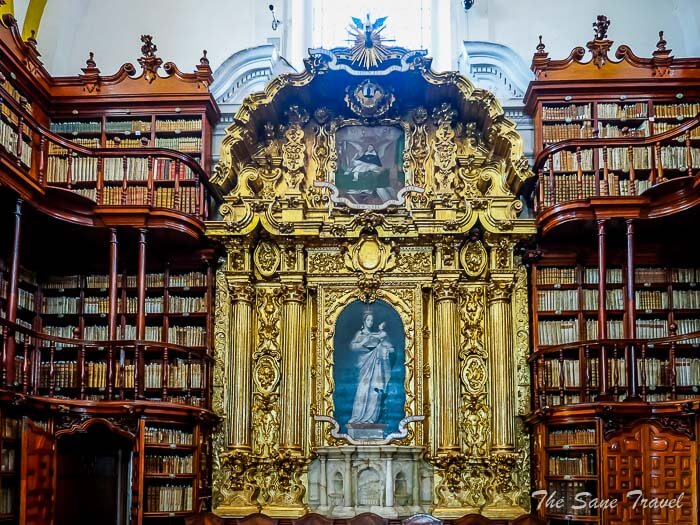
Address: Av 5 Ote 5, Centro histórico de Puebla, 72000 Puebla, Puebla
Opening Hours: 10AM–5PM, Tue-Thurs / 10AM–6PM, Fri–Sun (closed Mondays)
Artist Quarter and Parian Market
The Artist Quarter of Puebla is a trendy area full of quaint cafés and studios and a brightly coloured colonial plaza. Works of art adorn nearly every corner of the cobbled alleys. Notice the array of colourful colonial houses that today serve as painting studios, small galleries, and charming cafés. Pop into some of the open galleries for a glimpse into the local art scene. Peek behind the doors of the many market stalls to inquire about souvenirs. The artistic union responsible for the area often sets up poetry, music, and theatrical events.
By the way, there are officially 288 churches in the city of Puebla. Not quite one for every day of the year, but it is still an impressive number. And that number does not include many of the city's chapels, shrines and oratories. Even though many of them are worth visiting, I would advise you to see the Rosary Chapel inside the Church of Santo Domingo.
Rosary Chapel inside the Church of Santo Domingo
The Rosary Chapel inside the Church of Santo Domingo is one of Mexico's most beautiful Baroque churches. The Church of Santo Domingo undoubtedly is beautiful, but the real gem is the Rosary Chapel.
Praised for its architecture, it is considered a masterpiece of the Mexican Baroque. Also known as “The Golden House”, the Rosary Chapel is visually striking as its interior is covered in 24K golden stucco and features numerous details in onyx and Talavera.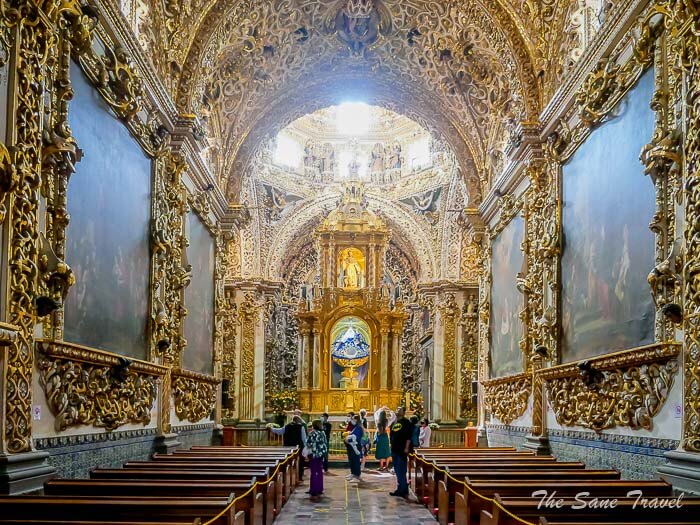
Address: Av. 4 Pte., Centro histórico de Puebla, 72000 Puebla, Pue.
Puente de Bubas
A bridge known as Puente de Bubas, constructed in 1682, was buried in 1963 when the San Francisco River was piped to solve pollution problems and make a new road. In 1999, maintenance crews found that the bridge itself had not been torn down but used as a part of the culvert structure. Now that the restoration work has been completed, visitors can walk under a 70-metre-long (230 feet) stretch of this historic monument.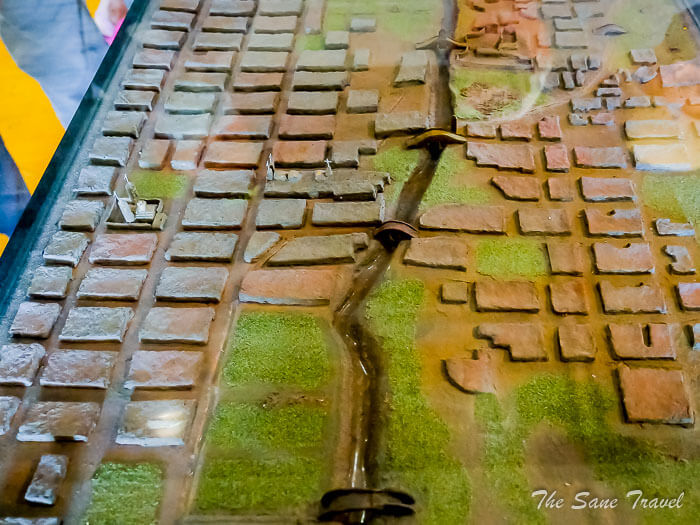
Address: Av 2 Ote 1003, Barrio de la Luz.
Talavera pottery
You can buy different types of souvenirs in Puebla, including Mole Poblano and Talavera pottery, which are symbolic of the city. Originally from Talavera de la Reina in Spain, it was brought to Mexico during the 16th century and is a type of majolica pottery. Talavera pottery comes in various forms, including functional and decorative items such as plates, bowls, vases, and tiles.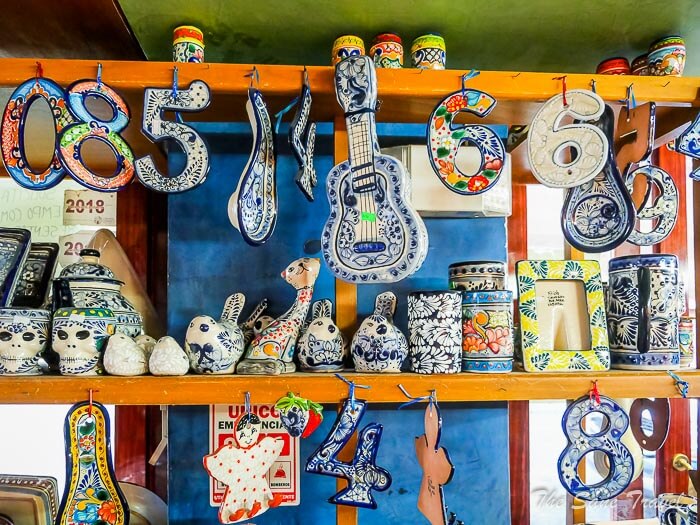
If you have time, visit Cholula as well.
Cholula
Cholula is a town 15 kilometres (9.5 miles) west of the city of Puebla. The Great Pyramid of Cholula, one of the world’s largest pyramids, is located there. It stands 55 metres (181 feet) tall with a base that measures over 396 metres (1,300 feet) on each side. It was built by the Aztecs to honour the god of rain. The Spanish covered it with soil and built a church on its top. So take your time and see both the church on top with gorgeous views and the ruins of the Aztec pyramids.
Practical tip: I used Uber to get there.
Where to eat
Tacos El Sultan
If you feel hungry after visiting the Zocalo, eat at this restaurant.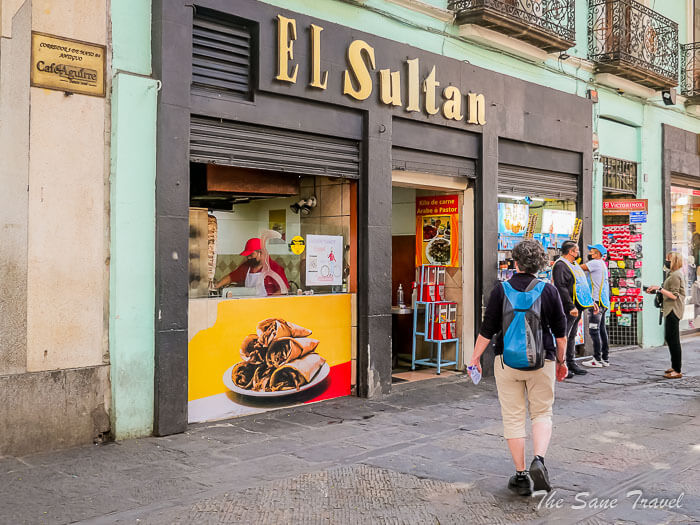
Address: Victoria del 5 de Mayo 2-Local C.
Like it? Pin it!
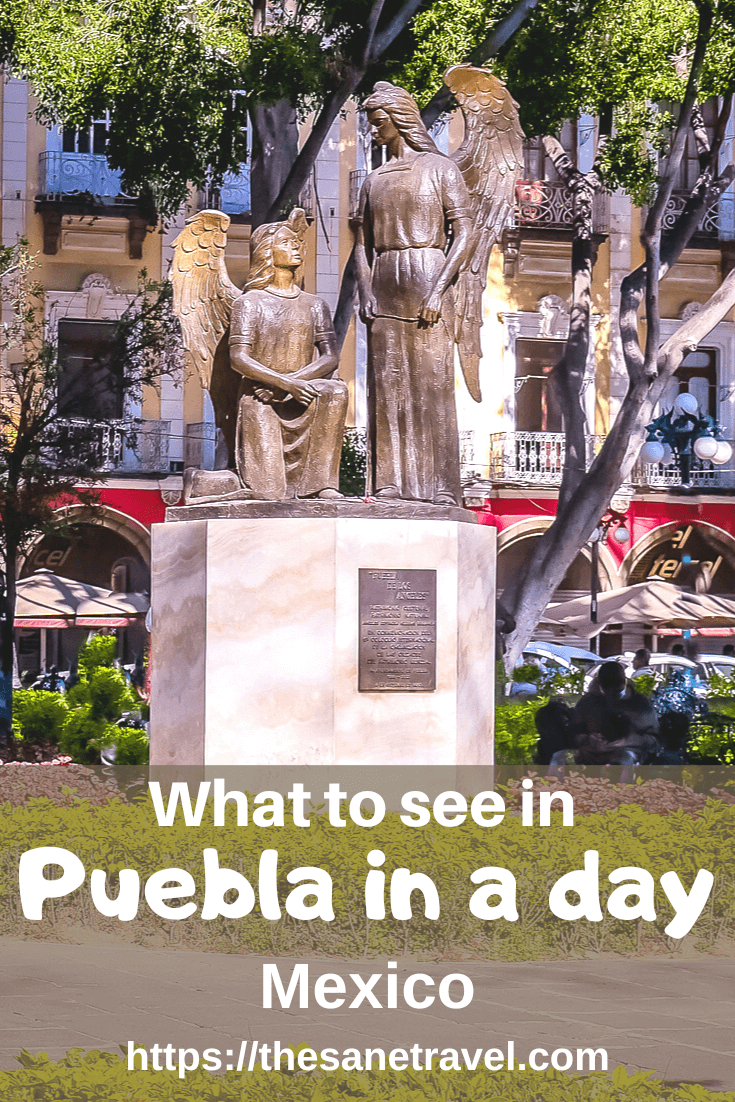
What did you think? Have you visited Puebla and Mexico? I’d love to hear from you so please add your comment below.
Author: Anita Sane

About the author
Anita is a part-time traveller, passionate photographer and a retired career woman from Latvia, travelling mostly solo for more than 15 years. She is a skilled travel planner who plans and executes her travels by herself. Anita wants to show you how to travel the world and open your mind to new experiences. Follow her on Facebook, Instagram, Pinterest, Twitter and Bloglovin.

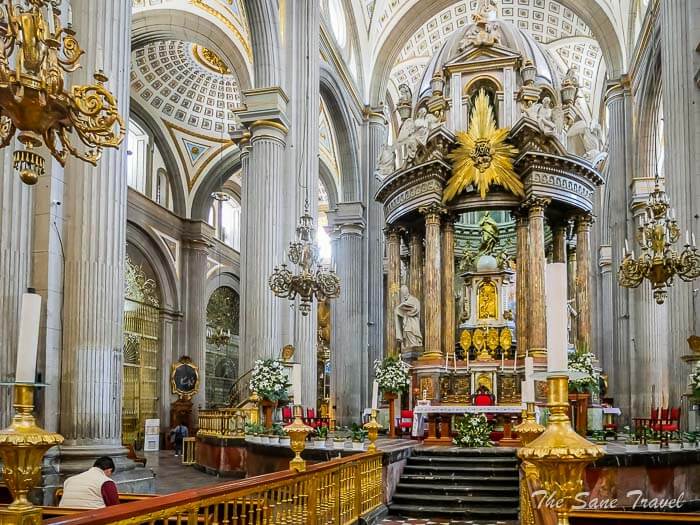
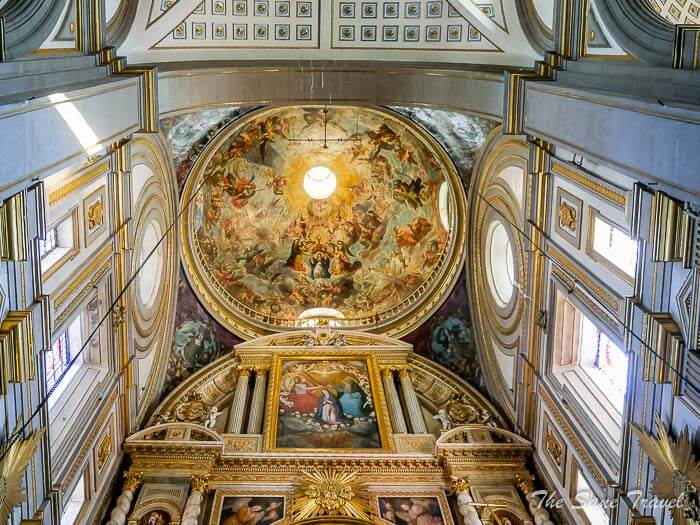
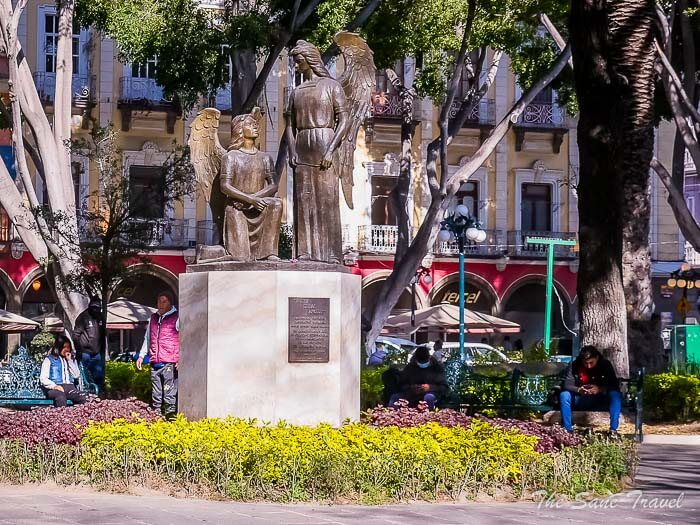
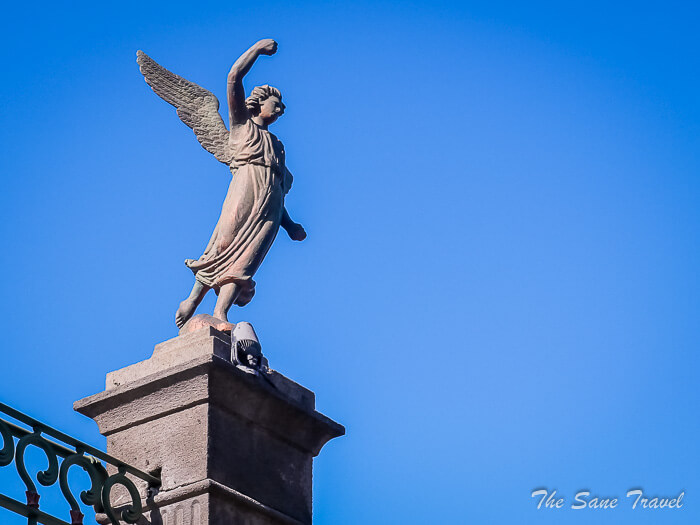
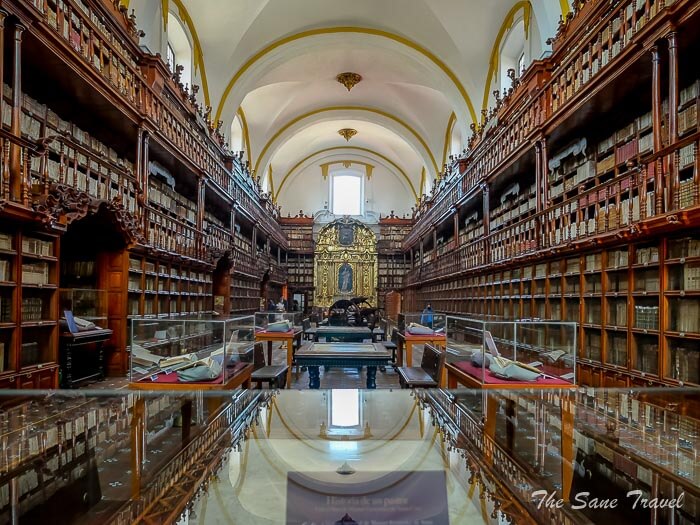
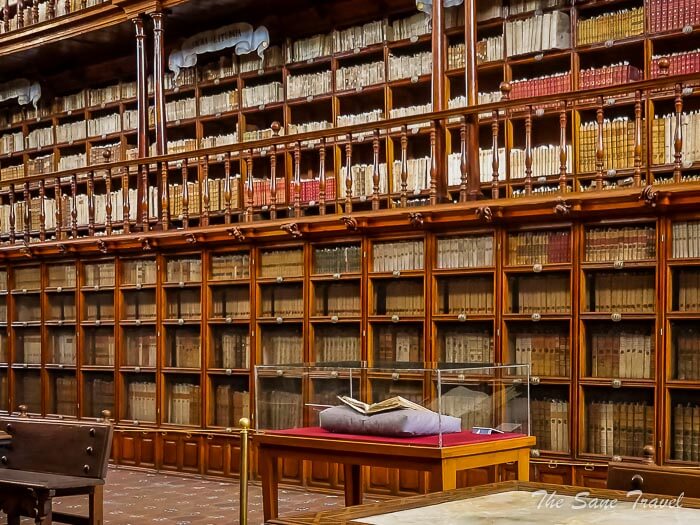
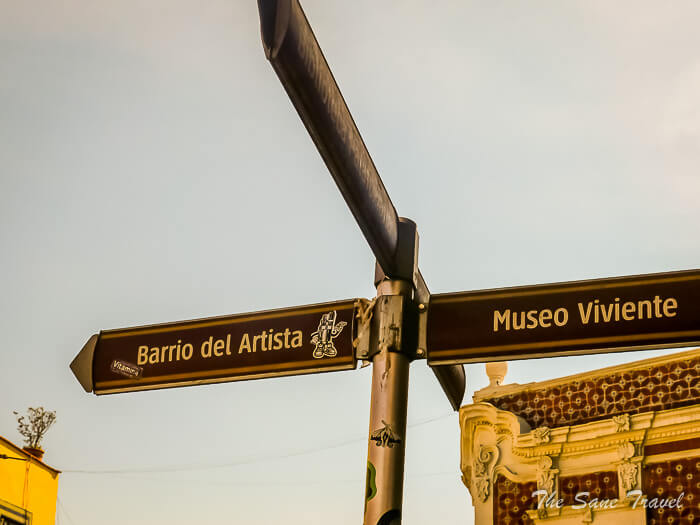
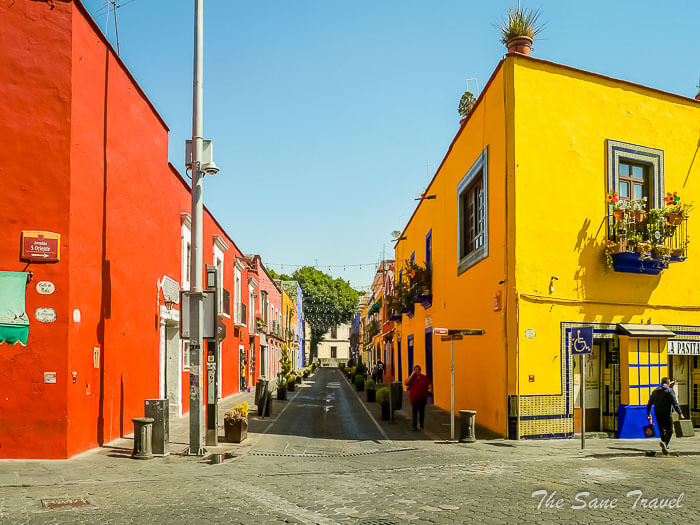
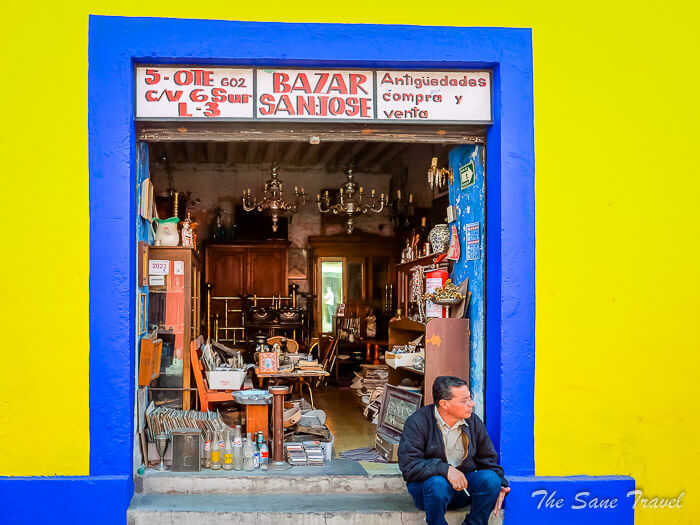
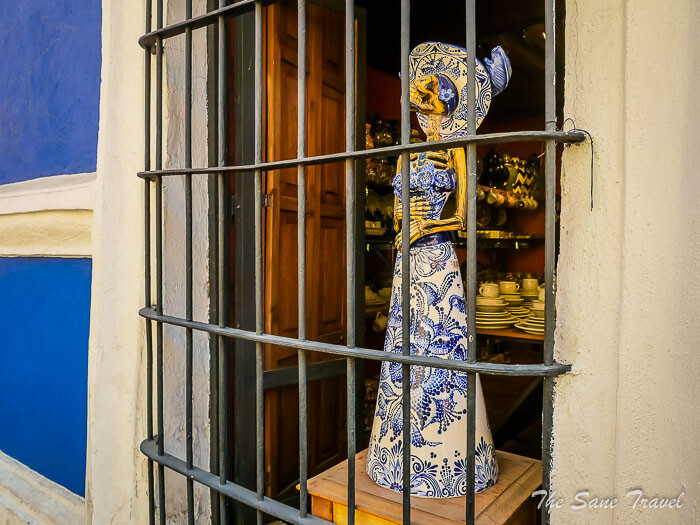
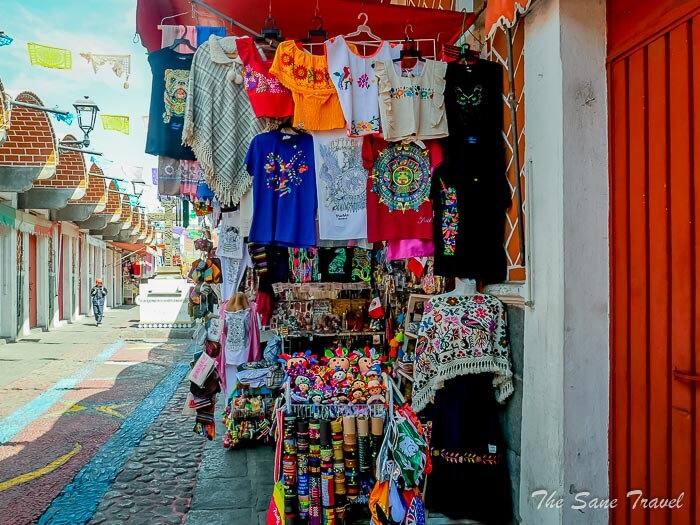
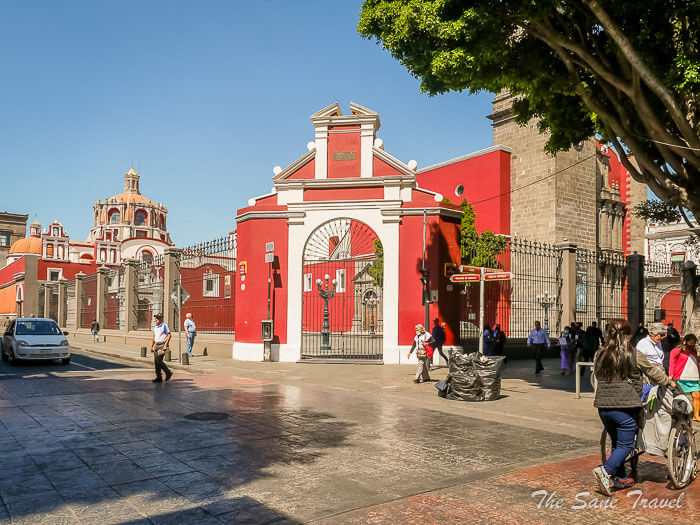
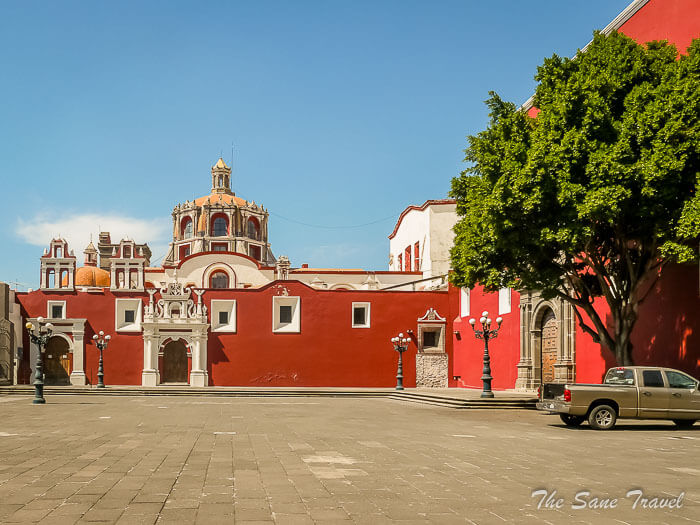
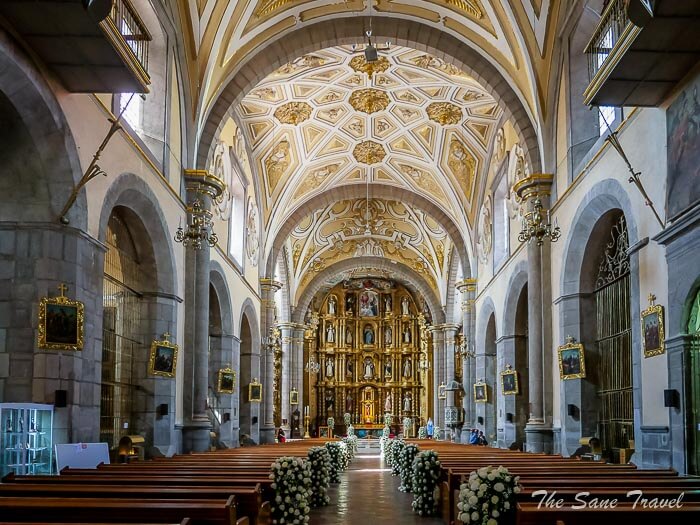
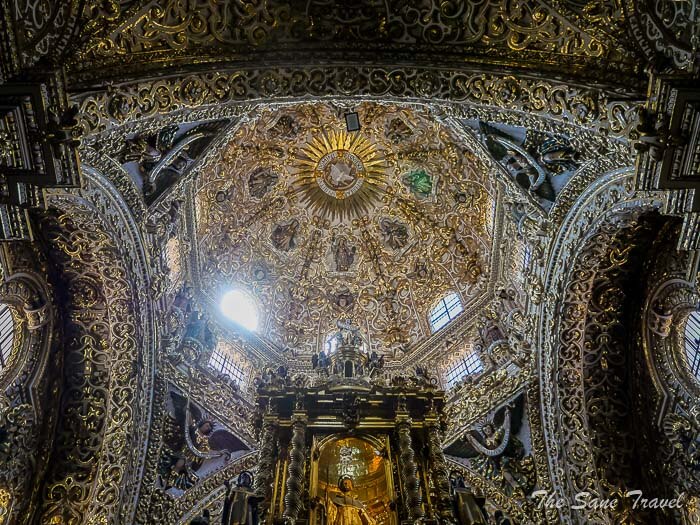
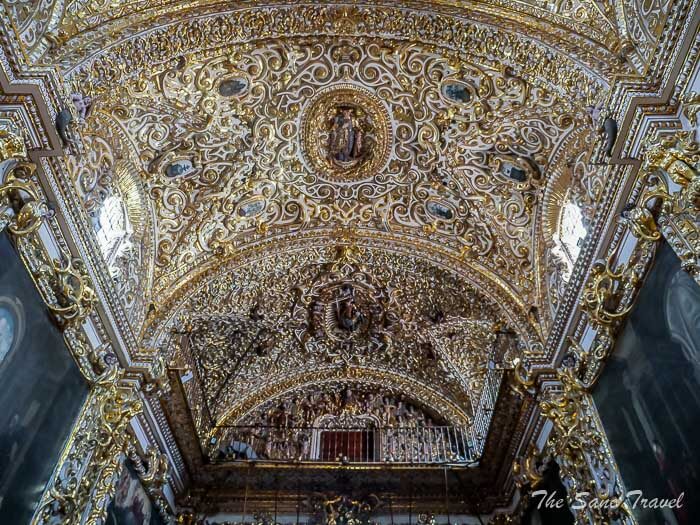
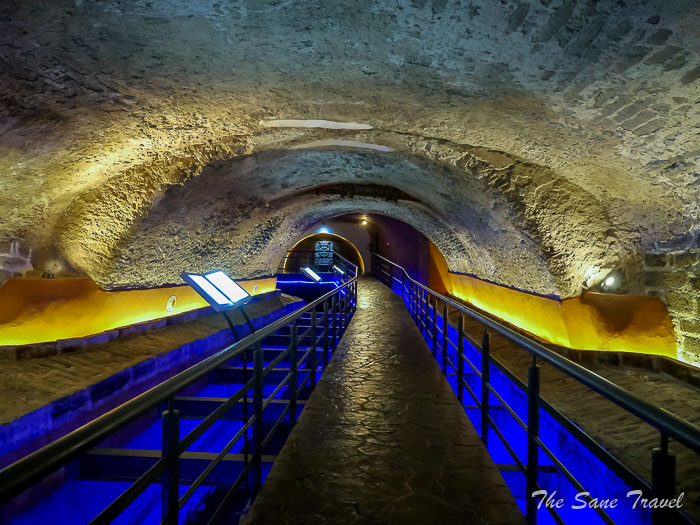
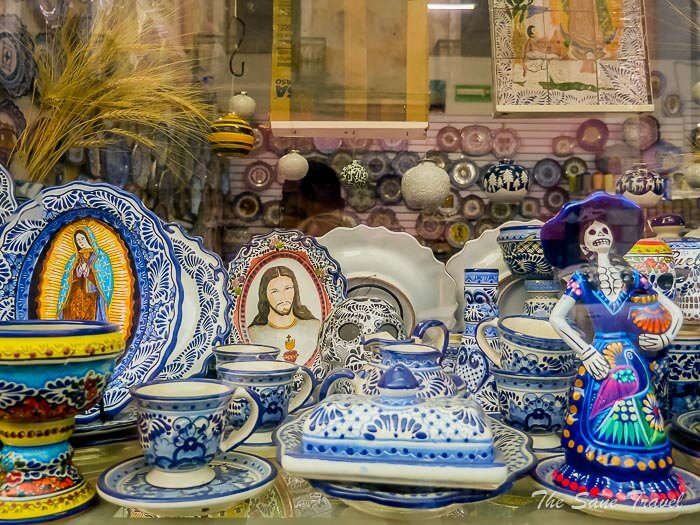
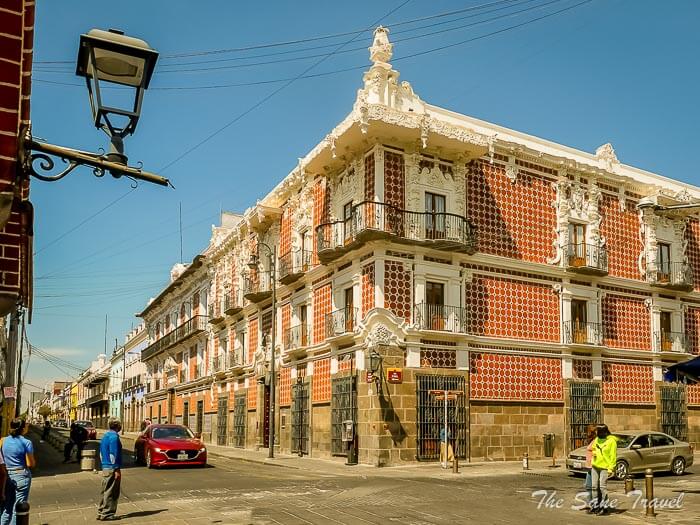
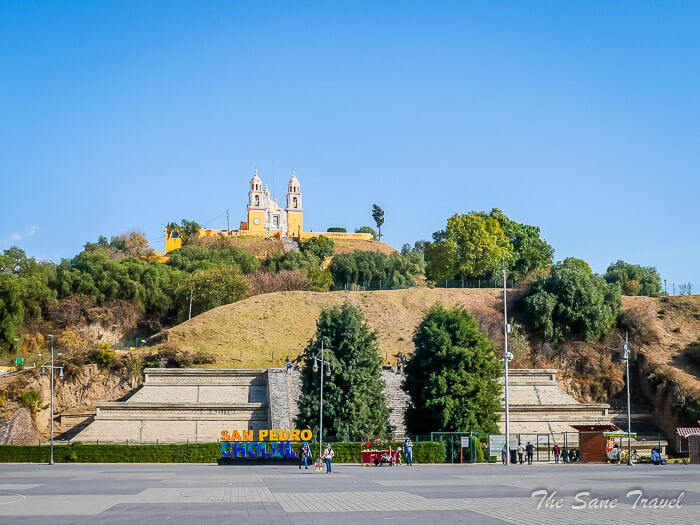
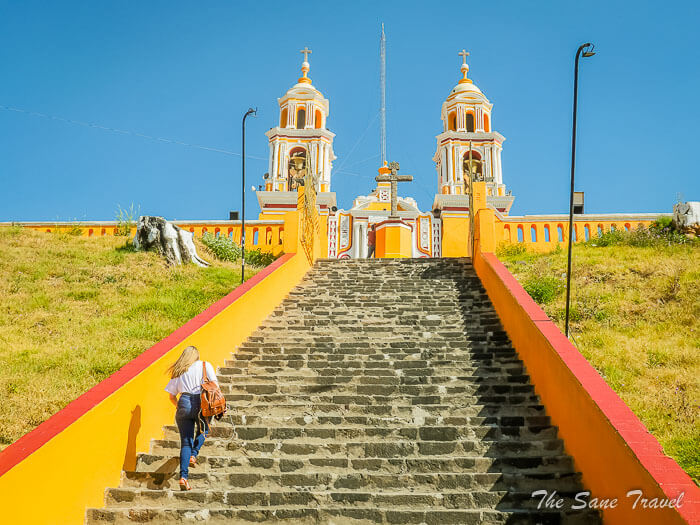
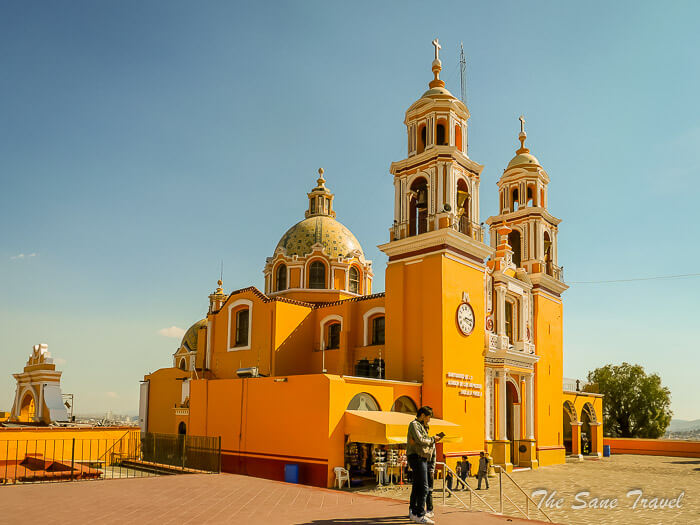
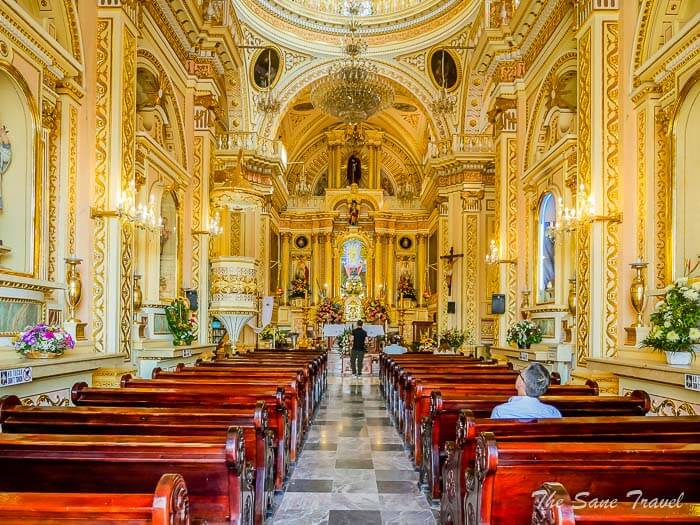
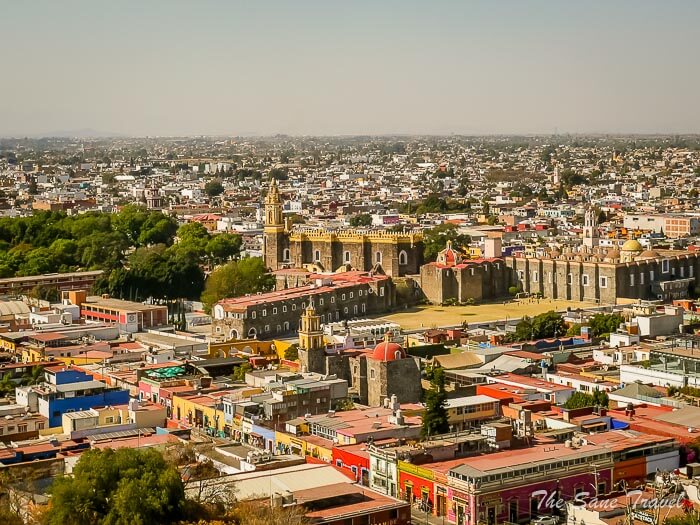
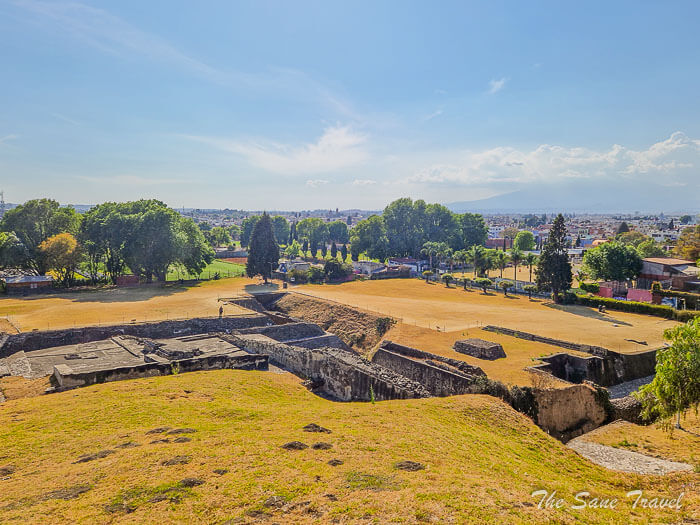

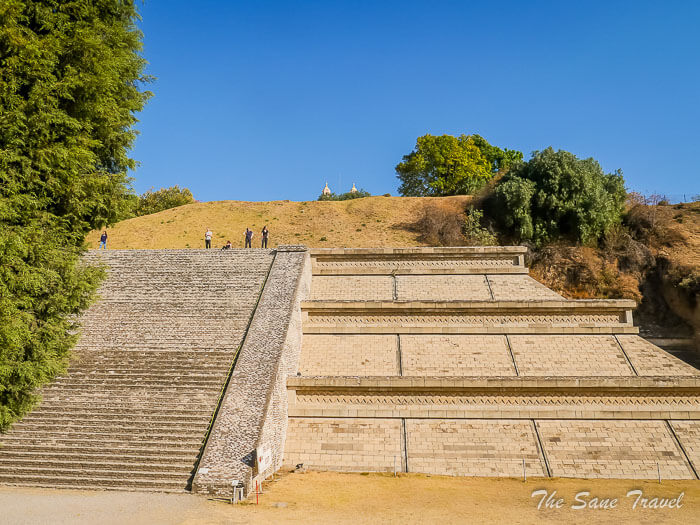
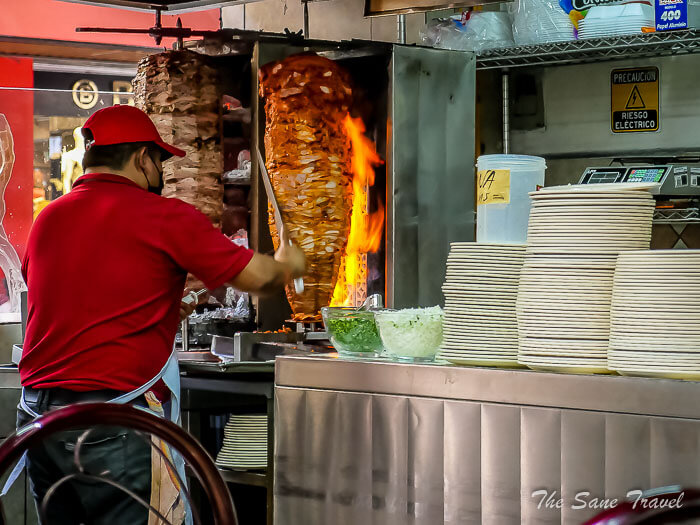
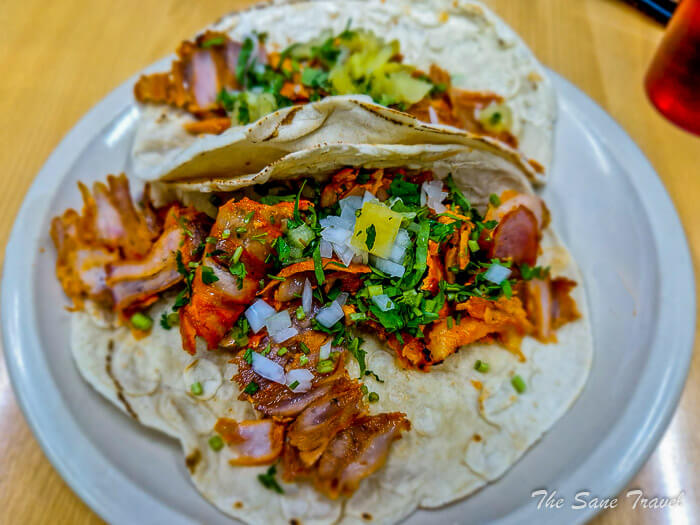
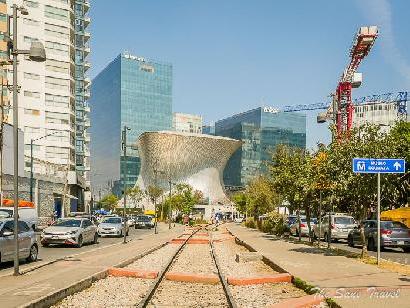
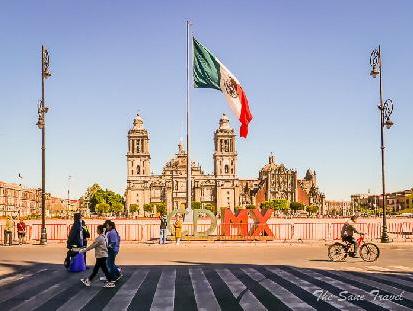
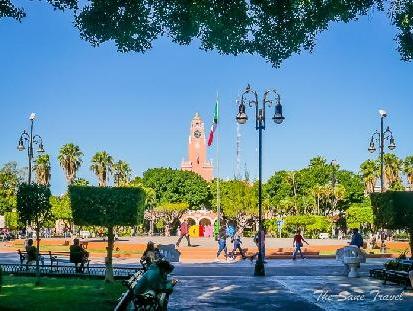
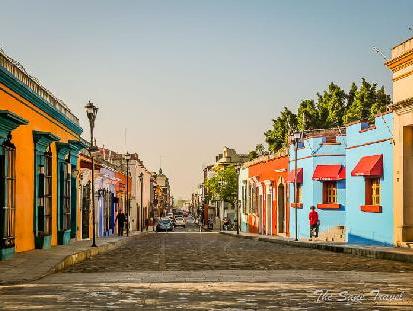
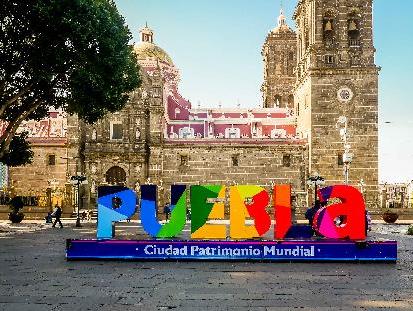
Report
My comments